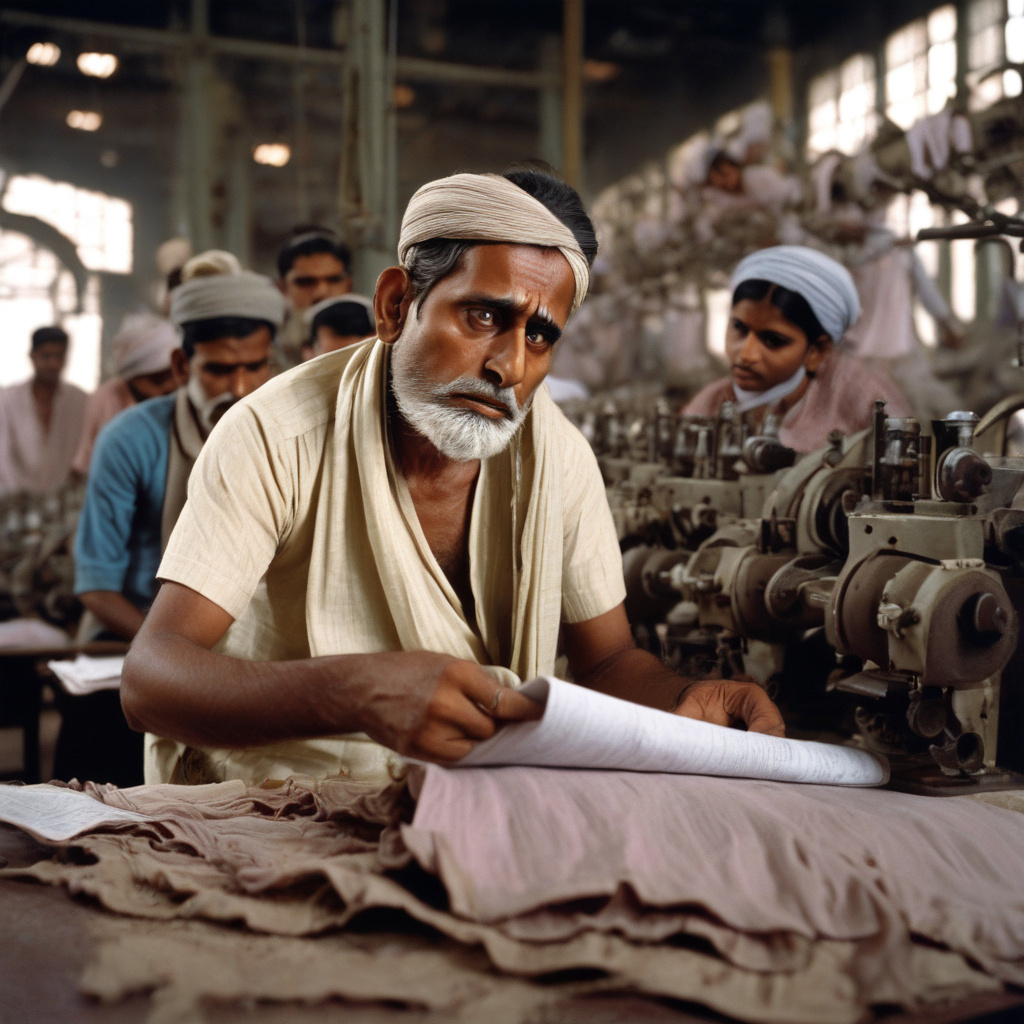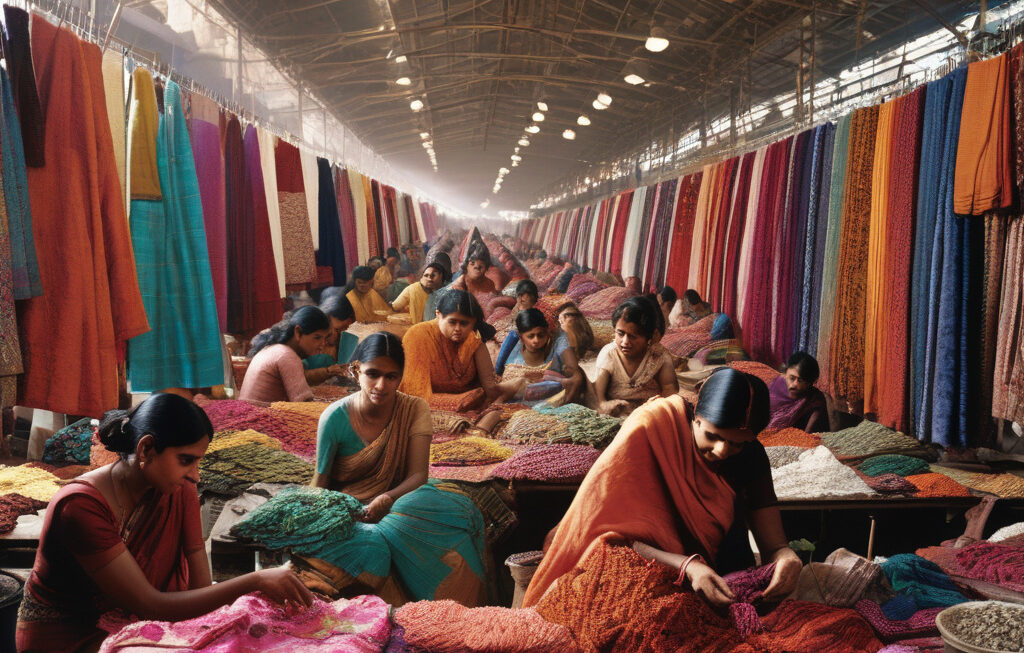India’s Textile Sector Reels as US Imposes 50% Tariffs
In recent times, the Indian textile sector has been facing a turbulent period as the United States, one of its major export markets, decided to impose a staggering 50% tariff on certain textile products. This move has sent shockwaves through the industry, with some apparel and textile manufacturers already halting production due to the worsening cost competitiveness.
For years, India has been a significant player in the global textile market, known for its quality fabrics, skilled craftsmanship, and competitive pricing. The country’s textile industry is not only a vital economic contributor but also a massive employer, providing livelihoods to millions of people across the nation. However, the recent development of the US imposing hefty tariffs has thrown a spanner in the works for Indian textile exporters.
The impact of the US tariffs on the Indian textile sector is multi-faceted. Firstly, the sudden increase in tariffs has made Indian textile products more expensive for American consumers, leading to a potential decline in demand. This could result in excess inventory for Indian manufacturers, ultimately leading to production cuts and layoffs. Secondly, the rise in tariffs has eroded the cost competitiveness of Indian textiles in the US market, making it harder for Indian exporters to compete with countries that have lower or no tariffs.
In response to the US tariffs, some Indian apparel and textile manufacturers have already taken drastic measures by halting production. This decision is a direct consequence of the uncertainty looming over the sector, as businesses grapple with the dilemma of whether to continue operations in the face of reduced demand and profitability.
To mitigate the impact of the US tariffs on the Indian textile sector, industry stakeholders are now exploring various strategies. One approach is to diversify export markets and reduce dependence on the US market. By tapping into emerging markets in Asia, Africa, and Europe, Indian textile exporters can offset the decline in US demand and maintain a steady revenue stream.
Another strategy is to focus on value addition and product differentiation. By emphasizing innovation, design, and sustainability in their textile products, Indian manufacturers can carve a niche for themselves in the global market and command premium prices. This shift towards higher value-added products can help offset the impact of tariffs and ensure the long-term sustainability of the Indian textile sector.
Furthermore, the Indian government can play a crucial role in supporting the textile industry during these challenging times. By providing financial incentives, infrastructure support, and policy interventions, the government can help boost the competitiveness of Indian textile exports and enable manufacturers to weather the storm caused by the US tariffs.
In conclusion, the Indian textile sector is currently reeling from the impact of the US imposing 50% tariffs on certain textile products. The industry is facing unprecedented challenges, with some manufacturers already halting production due to worsening cost competitiveness. To navigate these turbulent waters, stakeholders in the Indian textile sector must innovate, diversify, and collaborate to ensure the resilience and growth of the industry in the face of external shocks.
#IndianTextileIndustry, #USTariffs, #TextileExports, #CostCompetitiveness, #GlobalMarketTrends












